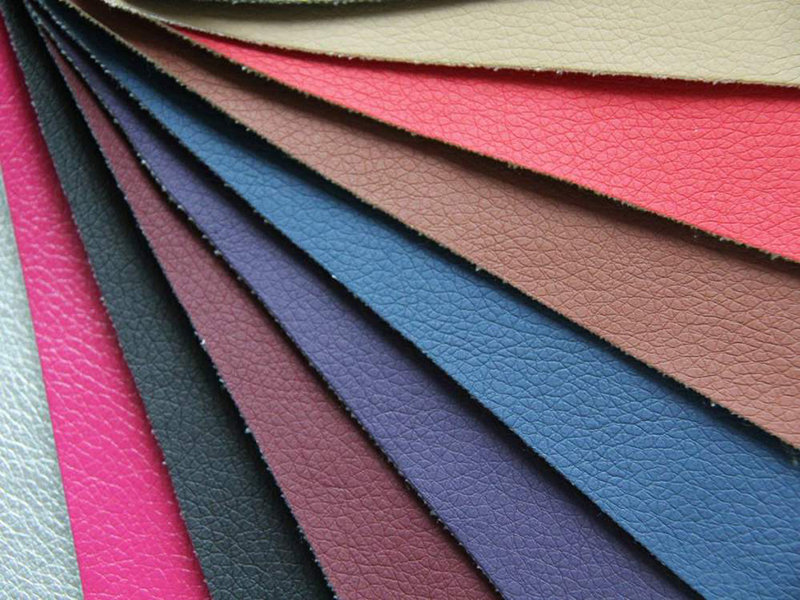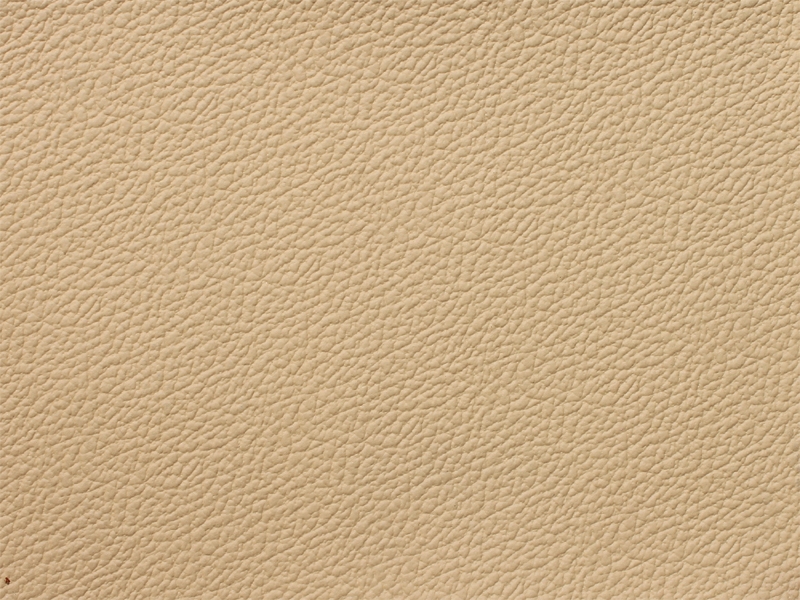Leather is a versatile and highly sought-after material that has been used for centuries to create luxurious and durable products. However, raw leather sheets require certain treatments and processes to transform them into the high-quality products we know and love. One crucial step in this process is finishing, which enhances the appearance, durability, and feel of the leather. In this article, we will discuss the importance of finishing raw leather sheets, the highest quality of finishing, and the advantages and disadvantages associated with it.
The Highest Quality of Finishing Raw Leather Sheets
When it comes to finishing raw leather sheets, there are several techniques and processes involved. One of the most common methods is dyeing, which involves applying color to the leather surface to achieve the desired tone and shade. Dyeing can be done using traditional methods like hand brushing or more advanced techniques such as spray or roller dyeing. High-quality dyeing ensures that the color penetrates deep into the leather fibers, resulting in a long-lasting and even-toned finish.
Another important aspect of finishing raw leather sheets is the application of various protective coatings. These coatings act as a shield against moisture, dirt, stains, and other external factors that can damage the leather. The most commonly used protective coatings include topcoat finishes, which provide a glossy or matte appearance and enhance the leather’s longevity. Additionally, specialty finishes like wax and oil finishes can give leather a unique look and feel, often preferred for specific products like vintage-inspired leather goods.
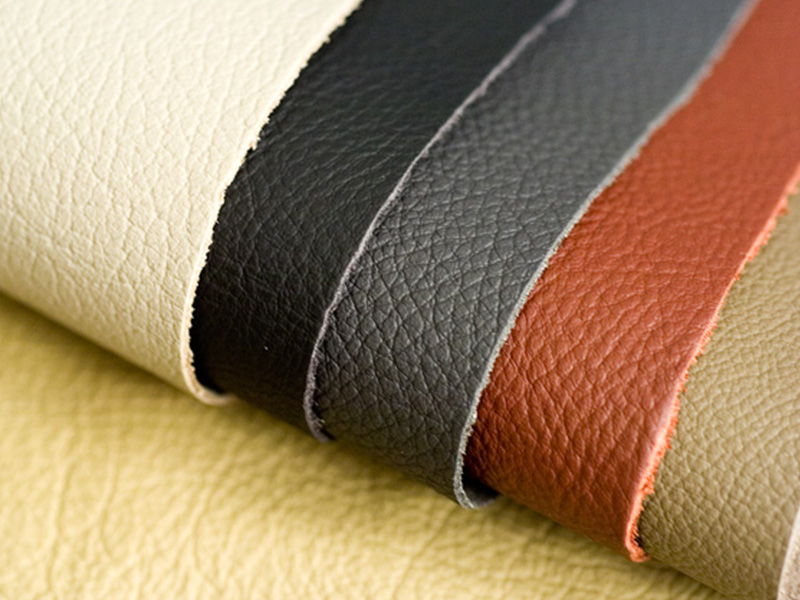
Advantages of Finishing Raw Leather Sheets
Finishing raw leather sheets offers several advantages that make it an essential step in the leather manufacturing process. Firstly, it enhances the overall appearance of the leather by adding color, depth, and texture. Finishing can help create a uniform look and cover any imperfections present in the raw sheets, resulting in a more appealing end product.
Secondly, finishing improves the durability and longevity of the leather. The protective coatings applied during the finishing process act as a barrier, preventing water, stains, and dirt from penetrating the leather. This makes the leather easier to clean and maintain while also prolonging its lifespan.
Moreover, finishing can enhance the tactile experience of using leather products. Depending on the desired outcome, finishing can make the leather smooth, soft, or even grainy, giving it a unique touch and feel. The right finishing technique can make a significant difference in the perceived quality and luxury of the finished product.
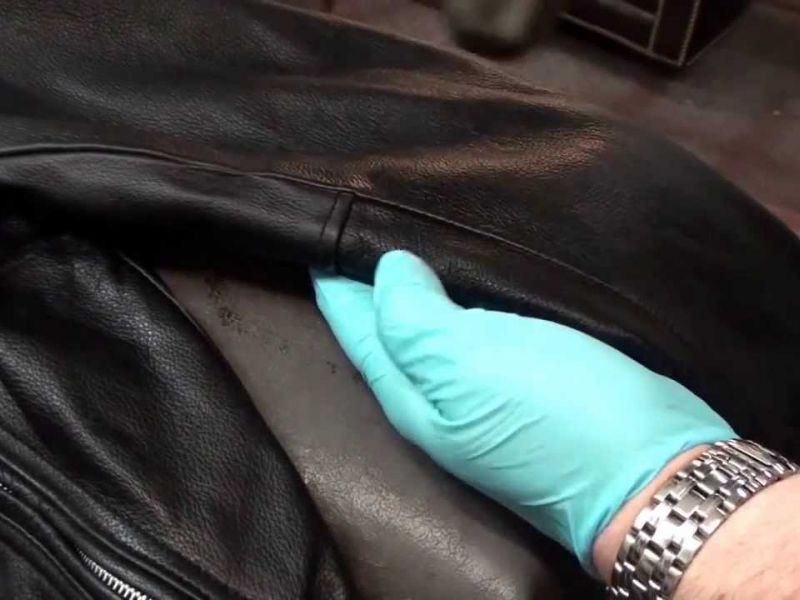
Disadvantages of Finishing Raw Leather Sheets
While finishing raw leather sheets has numerous advantages, there are also potential drawbacks to consider. One of the main disadvantages is the added cost. Finishing processes often require specialized equipment, skilled labor, and high-quality chemicals or dyes. These additional expenses can increase the overall production cost of leather products, making them more expensive for consumers.
Another drawback is that some finishes may alter the natural characteristics of the leather. For example, certain protective coatings can create a barrier that inhibits the leather’s breathability. This can be an issue for certain applications, particularly in products like footwear or clothing, where breathability is crucial for comfort.
Additionally, some finishing processes may rely on chemicals that are harmful to the environment or the workers involved in the production. It is important for manufacturers to prioritize sustainability and ethical practices when choosing the finishing techniques and materials.
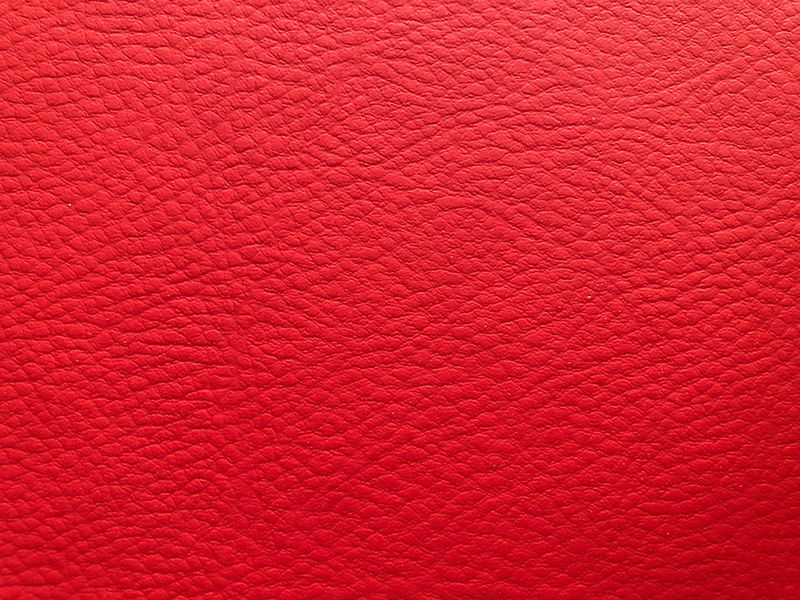
In conclusion, finishing raw leather sheets is an essential step in the leather production process to achieve high-quality, durable, and visually appealing products. The process involves techniques such as dyeing and the application of protective coatings, which enhance the leather’s appearance, durability, and feel. While there are advantages such as improved aesthetics, longevity, and tactile experience, it’s important to consider the potential disadvantages such as increased production costs, alterations to natural characteristics, and environmental concerns. By carefully selecting the right finishing techniques and materials, manufacturers can deliver exceptional leather products that meet the demands of their customers while minimizing the negative impacts on the environment and workers.

